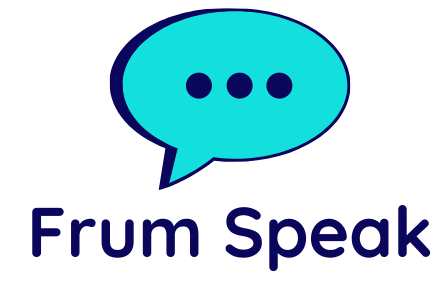New York City’s highly controversial congestion pricing plan is now facing a significant setback, as the Trump administration revealed on Wednesday that it is revoking its approval of the toll, criticizing it as “backwards and unfair.” This move marks a major blow to Governor Kathy Hochul’s plans.
The US Department of Transportation’s Federal Highway Administration has officially ended its approval of the contentious program, with Transportation Secretary Sean Duffy sending a letter to Hochul on Wednesday afternoon to inform her of the decision.
“New York State’s congestion pricing plan is a slap in the face to working class Americans and small business owners,” Duffy stated, pointing out that commuters already contribute to the development and maintenance of city roads through their taxes.
Duffy criticized the toll scheme, emphasizing that drivers now face higher costs without any alternative free highways available. “But now the toll program leaves drivers without any free highway alternative, and instead, takes more money from working people to pay for a transit system and not highways. It’s backwards and unfair,” he said, adding that the plan would negatively impact small businesses in New York City, especially those that rely on customers from nearby states like New Jersey and Connecticut.
The Federal Highway Administration has decided to revoke the Nov. 21 agreement signed under the Value Pricing Pilot Program (VPPP), which had set a $9 toll for vehicles entering Manhattan south of 60th Street starting in January.
“Every American should be able to access New York City regardless of their economic means. It shouldn’t be reserved for an elite few,” Duffy argued.
The Department of Transportation contended that the congestion pricing toll violates federal highway aid regulations, which prohibit tolls on federally funded roads unless authorized by Congress.
Duffy’s letter went on to explain why the pilot program was being rescinded, including the lack of a toll-free alternative for drivers who have no choice but to drive through the city. He also noted that the toll — which made New York City the most expensive city in the country for driving — seemed to be designed primarily as a revenue-generating tool for the MTA, rather than as a means to alleviate congestion, contrary to the program’s original objective.
“Even if improving the transit system may eventually affect roadway congestion, there is no indication that the tolls were set in order to achieve these attenuated effects,” Duffy wrote in his letter to Hochul.
He went on to state: “The pilot runs contrary to the purpose of the VPPP, which is to impose tolls for congestion reduction — not transit revenue generation.”
Duffy further noted, “To be sure, the termination of the program may deprive the transit system of funding, but any reliance on that funding stream was not reasonable given that [the FHWA] approved only a ‘pilot project.’”
He also pointed out that “any reliance interests cannot overcome the conclusion that FHWA’s approval was not authorized by law.”
Originally, the toll increase was scheduled to begin in June, with an even higher $15 fee. However, Governor Hochul intervened at the last minute, pausing the new pricing system, arguing that it would be too much of a burden for New Yorkers and commuters.
This move prompted criticism, with some accusing the governor of engaging in a “bait and switch” and yielding to political pressure from Democrats to delay the implementation until after the 2024 election.
True to form, Hochul announced shortly after Trump was re-elected that she was moving forward with the congestion pricing plan, with a revised $9 toll, prompting even more backlash for her reversal on the issue.
At a press conference last month, The Post questioned Hochul about how the MTA, which is facing a massive deficit, or the state planned to evaluate the success of the toll system, which was intended to raise billions for the MTA’s $15 billion capital improvement plan for 2020-2024.
“There’ll be more data than you can imagine. Today is the first day, I wouldn’t count today’s data. Let’s give it a few days to sink in and get a trend,” Hochul explained at the time.
The toll system was so unpopular that many NYC drivers began finding ways to evade the surcharge soon after it was implemented on January 5.
However, the MTA praised data showing a decrease in traffic within the congestion zone, reporting that around 553,000 vehicles entered the area below 60th Street on average weekdays in January, a decrease from the three-year average of 583,000 vehicles.
Duffy stated that the FHWA will collaborate with the New York State Department of Transportation to terminate the tolls in an “orderly” manner, but it remains unclear when the $9 toll will no longer be collected.
A source close to the Trump administration suggested that Duffy’s letter may be more of a negotiating strategy than a final decision on congestion pricing. The plan may be for Hochul to agree to cancel the toll scheme, possibly even refraining from a lawsuit, in exchange for federal funds. After the election, Hochul mentioned having discussed federal funding with Trump to revamp Penn Station.
Hochul is scheduled to meet with President Trump again at the upcoming National Governors Association meeting in Washington, DC, from February 20-22.
{Matzav.com}
19
Feb
Category:


Recent comments